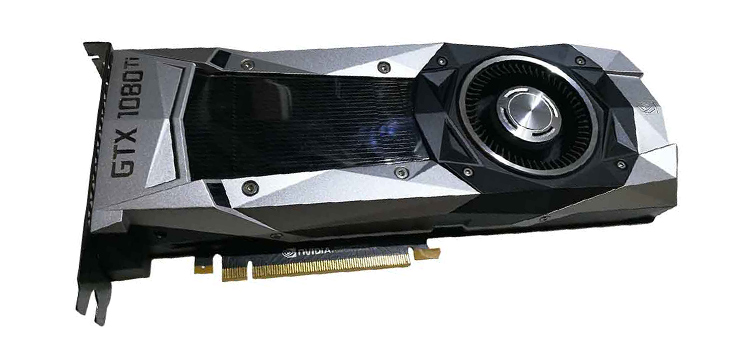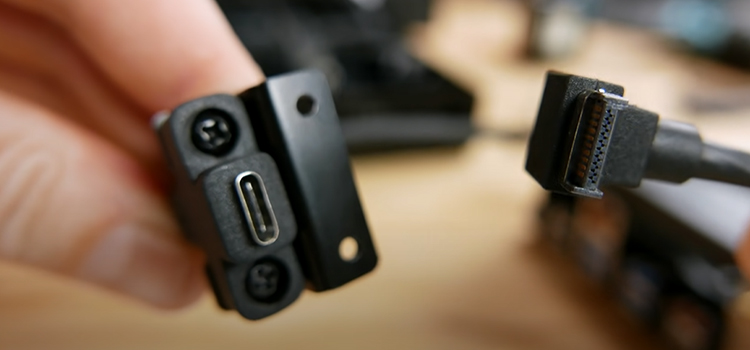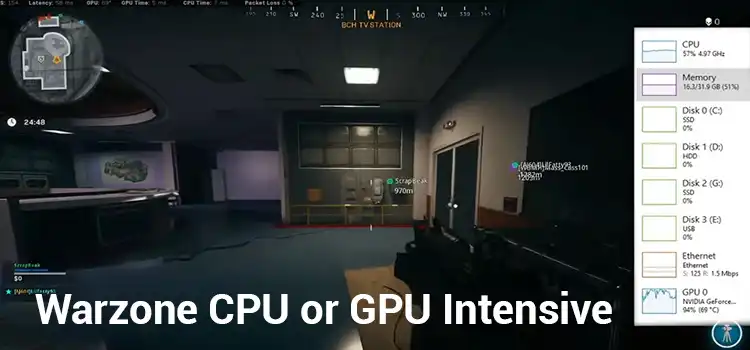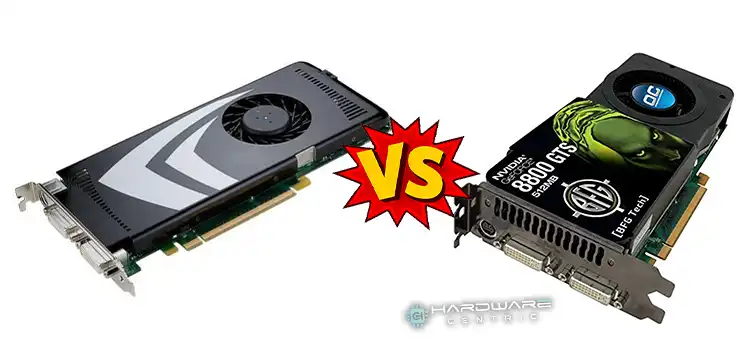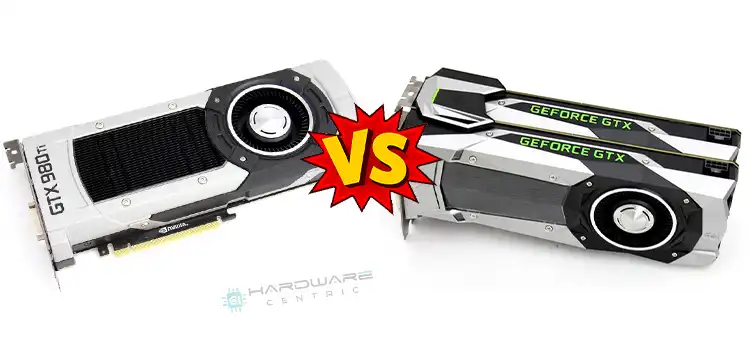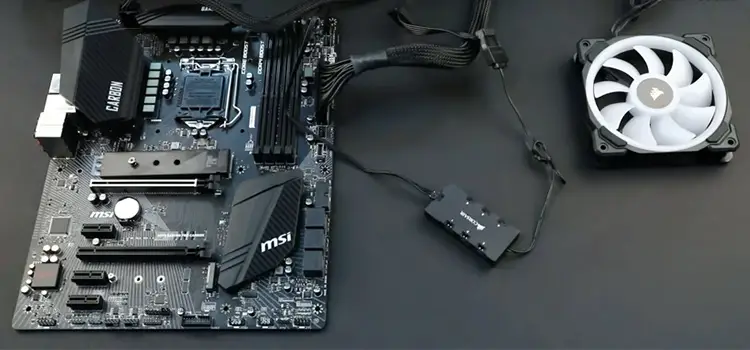2 Separate Cables for GPU | Should I Use?
2 Separate GPU cables have both advantages and disadvantages. On one hand, using 2 separate cables can improve the performance of your system. Again, on the other hand, using 2 separate cables can be more difficult to set up and can lead to compatibility issues.
Whether or not to use 2 separate GPU cables is ultimately a matter of personal preference and needs. Two cables can give more power and better performance, but they are more complex to set up and may take up more space. Using a single cable saves time and space, but it may not give the same amount of power or performance.
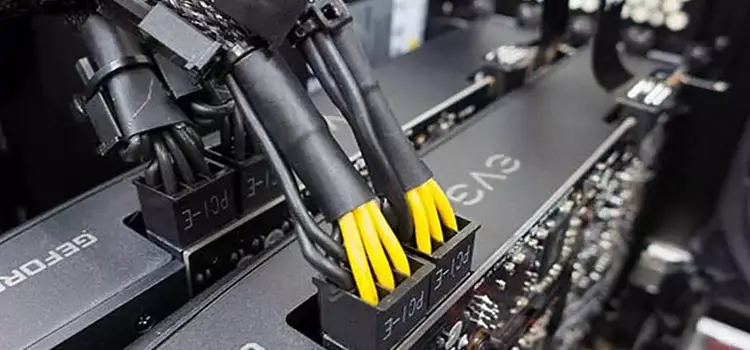
Number of Cables Required for GPU
The quantity of cables you’ll require is largely determined by the type and number of graphics cards you’ve installed. Some graphics cards, such as the NVIDIA GT 710, don’t even require a cable. The power source for this underpowered graphics card comes from the PCIe slot itself.
On the NVIDIA RTX 3090, you can get cards with as little as a single 6-pin PCIe cable and as many as 3 x 8-pin cables. You’ll need 6 x 8 pins cables if you have two NVIDIA RTX NVIDIA 3090 cards installed. Video capture cards, network adapters, sound cards, USB hubs, and other common expansion devices do not require a PCIe cable.
Advantages of 2 Separate Cables for GPU
A good graphics card is important for a fantastic gaming experience for PC gamers. However, many people are ignorant that using two different cables for the GPU can provide certain benefits.
The benefits of having two separate graphics card cables can be summed up as follows:
- The two cables offer more stable power to the graphics card, avoiding problems that a single cable could cause.
- Overheating damage to the graphics card can be avoided by using two cables.
- It may aid in the prevention of dust buildup on the GPU.
- Moreover, it has the potential to increase the system’s overall stability.
Disadvantages of 2 Separate Cables for GPU
Due to their ability to handle massive volumes of data quickly, GPUs have gained popularity in recent years. Rather than using PCIe slots to connect a graphics card to the motherboard, some manufacturers are instead using two separate cables.
Having two separate cables for the GPU has a number of disadvantages.
- It’s tougher to control because there are more cables to worry about.
- Again, it can be less trustworthy because if one of the cables fails, the entire system fails
- It’ll be less efficient because the data will have to travel through additional cables.
- Also, it can be difficult to set up and takes up more space.
- Dual GPU cables can result in reduced performance and greater heat production.
Frequently Asked Questions
Do I Need 2 Cables for RTX 3070?
Yes, you’ll need 2 separate cables with 8-pin for RTX 3070 GPU. This graphics card draws maximum power of 220W and it is recommended to use 2 PCIe cables to connect the power connectors on the card.
How Many Cables Do I Need for GPU?
How many cables are required by a GPU depends on the model and specification of the GPU, Some GPUs required just a single 8-pin connector while others required two or three separate 8-pic connectors.
Is It OK To Use a Split PCIe Cable for Graphics Card?
No, it is always recommended to use separate PCIe cables for graphics cards. Using split cables can lead to crashes and could damage your graphics card permanently. You must run two separate cables into your PSU and then plug the separate cables into the power connectors on your GPU.
How Many PCIe Cables Need for 3090?
The RTX 3080 Ti has a 100W of higher TDP that required 3 separate 8-pin power cables to power the graphics card. You can also use a native implementation of the 12VHPWR (12+4 = 16-pin) PCIe Gen5 cables for 3090.
Last words
Connecting a graphics card to a computer can be done in a number of ways. The usage of a single GPU cable is one possibility. Another way is to use 2 separate cables for GPU. However, I believe that having a single cable will increase efficiency and create a better connection.
Subscribe to our newsletter
& plug into
the world of PC Hardwares
